Get ready to make the cutest, yummiest ladybug appetizer ever! These little treats are perfect for parties, picnics, or just a fun snack. All you need are some crisp crackers, vegan cream cheese, colorful cherry tomatoes, savory olives, and some bright green herbs.
Ladybug appetizers are the ultimate party pleaser, bringing a touch of whimsy to any gathering. These tiny treats are not only incredibly charming but also really easy to make, requiring just a handful of ingredients. Packed with fresh flavors and offering a fun twist on traditional vegan appetizers, they are sure to delight guests of all ages. Whether you’re hosting a birthday party (featuring a delicious birthday cake), a picnic, or just looking for a fun snack to enjoy, this ladybug appetizer is a fantastic choice!
If you’re as fluttery and excited as we are about this super cute snack, let’s get started!
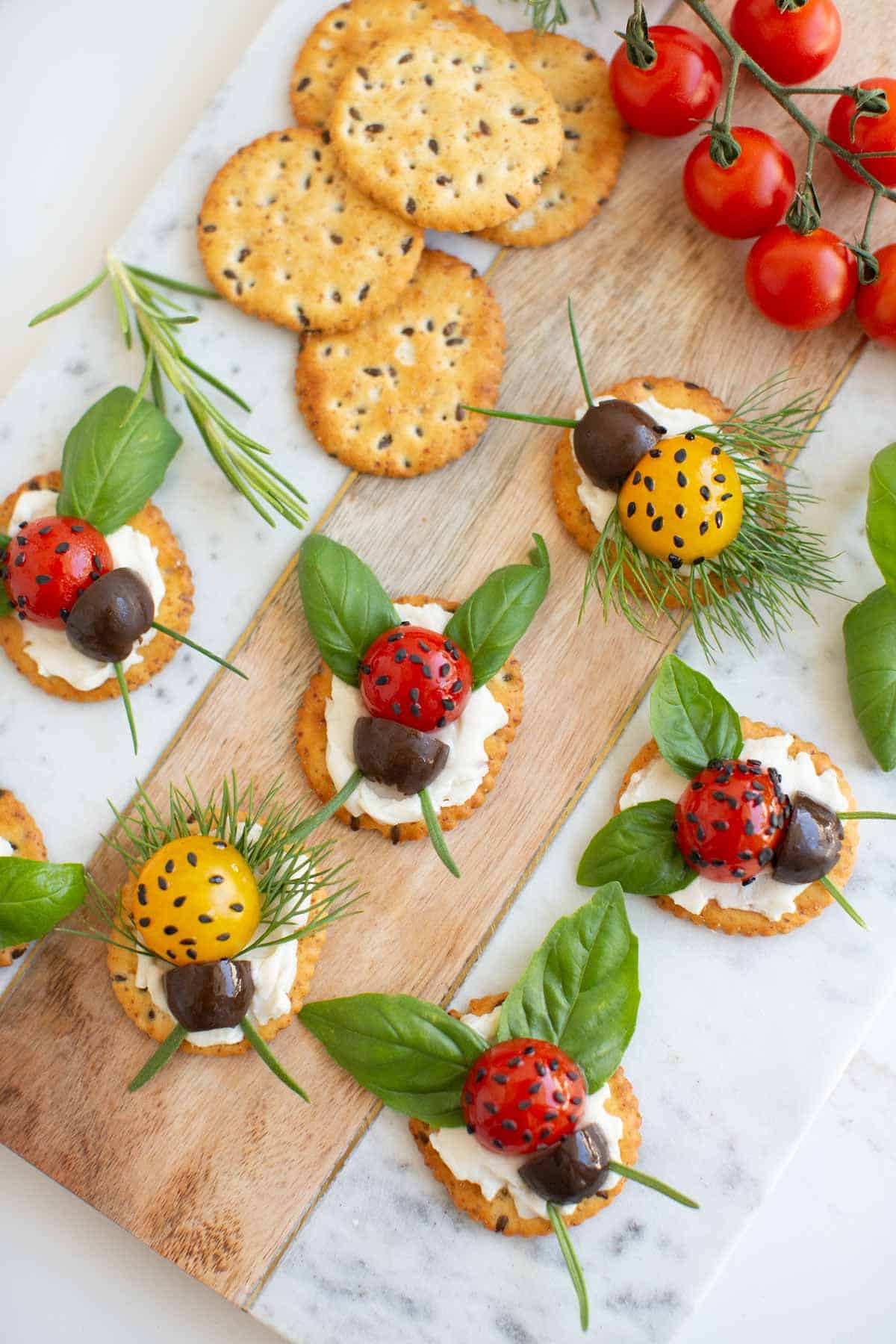
Table of Contents
- Why This Lady Bug Appetizer is So Awesome
- Ingredient Notes
- How To Make This Adorable Ladybug Appetizer
- Tasty Tips and More Ladybug Snack Ideas
- Recipe FAQs
Why This Lady Bug Appetizer is So Awesome
These little ladybug appetizers are not only attractive and fun, but they’re also delicious and healthy! Extra veggies added to your day is a definite bonus. Plus, they’re easy to customize—try using different types of vegan cheese or adding herbs for extra flavor. Kids and adults alike will love these dainty snacks, making them the perfect addition to any tea party, social gathering, or birthday celebration!
- Cuteness Overload: These ladybug appetizers are adorable and will make everyone smile.
- Easy to Make: You only need a few ingredients and simple steps to create these little critters.
- Healthy and Fresh: With tomatoes and olives, they’re a nutritious snack option.
- Great for Parties: They’re perfect for adding a fun touch to any gathering or celebration.
- Kid-Friendly: Children will love helping to make these and enjoy eating them too!
Ingredient Notes
Here’s a quick rundown of everything you need to make these ladybug appetizers plus our recommended substitutions.
Whole Wheat Crackers: Opt for sturdy crackers that can hold the weight of the toppings without breaking. However, feel free to choose any crackers you prefer for the base of your ladybug appetizers.
Plant-Based Cream Cheese: This creamy spread acts as the glue to hold the toppings in place. You can use plant-based cream cheese, cheese slices, or hummus as a delicious and nutritious base.
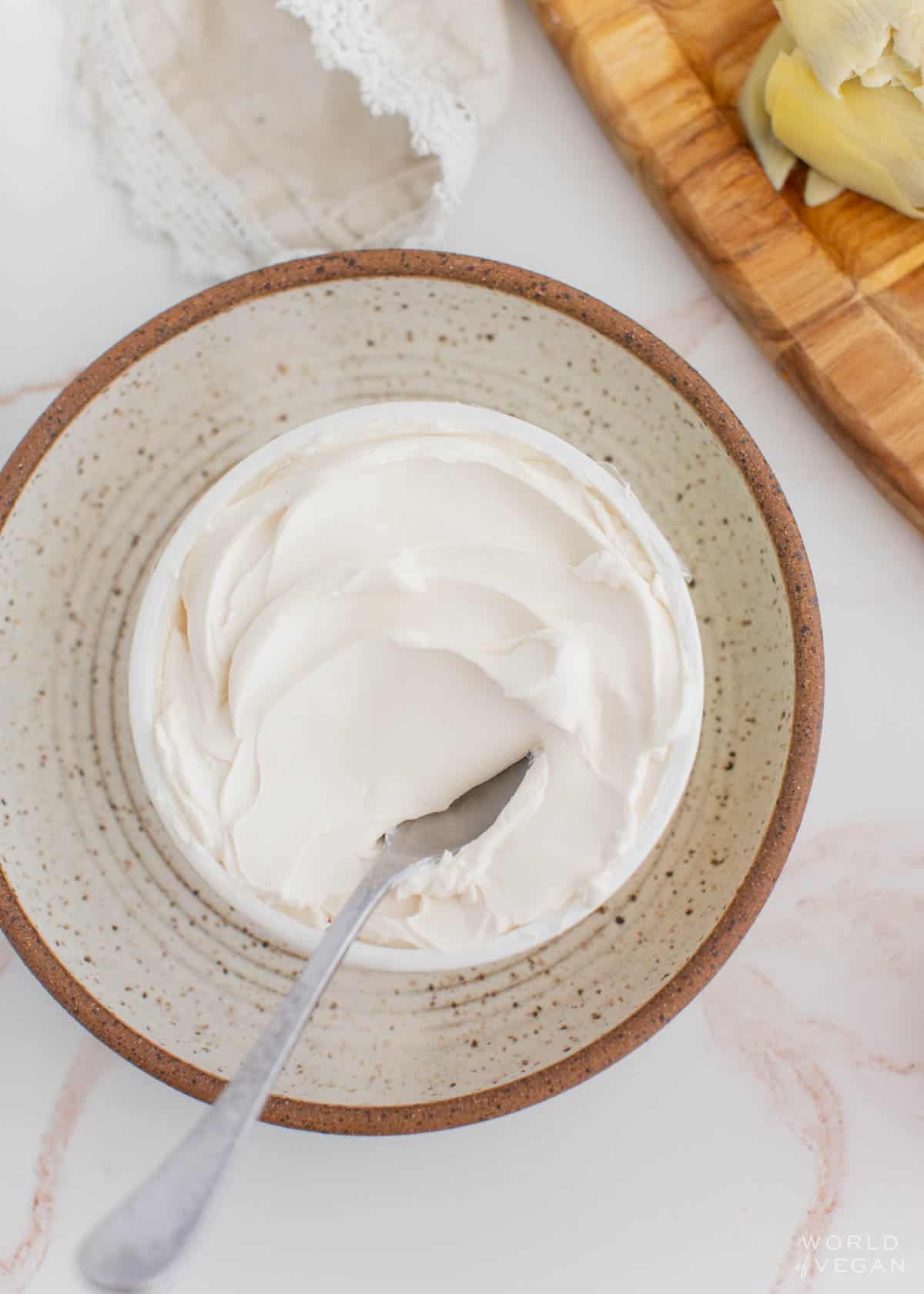
Cherry Tomatoes: Choose firm and ripe cherry tomatoes for the ladybug bodies. Halve them carefully to create the perfect shape.
Black Sesame Seeds: These tiny seeds add the distinctive black spots to the ladybug’s wings. They also provide a subtle nutty flavor and a pleasing crunch.

Basil Leaves or Dill Sprigs: Fresh basil leaves or fluffy dill sprigs serve as the ladybugs’ wings. Tip: If you’ve got any leftover basil, use it to make refreshing basil water!
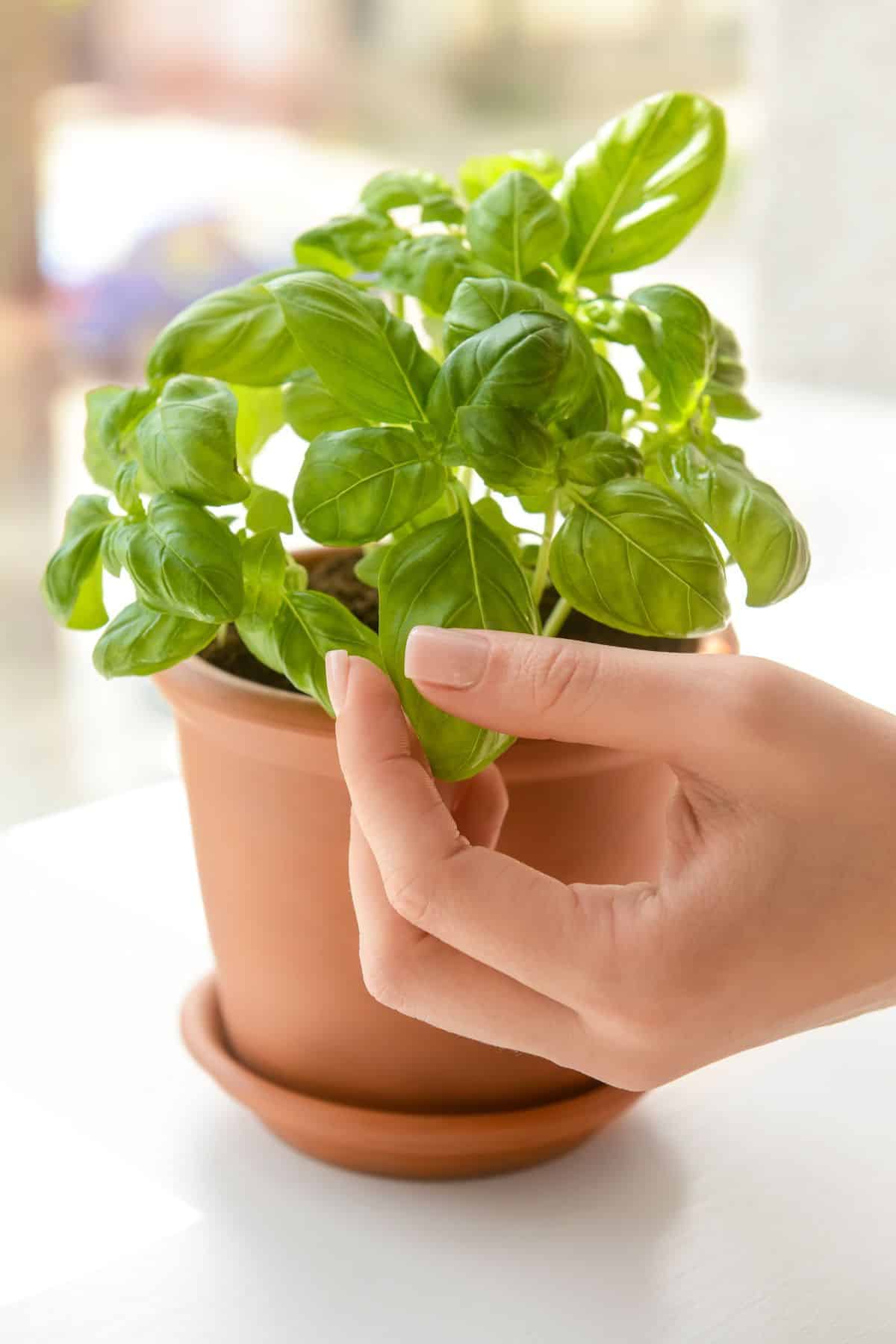
Black Olives: Quartered black olives are used for the ladybugs’ heads. Make sure to choose olives without pits and slice them carefully to create small, round heads.
Rosemary: Use rosemary sprigs or chive pieces to create the ladybugs’ antennae.
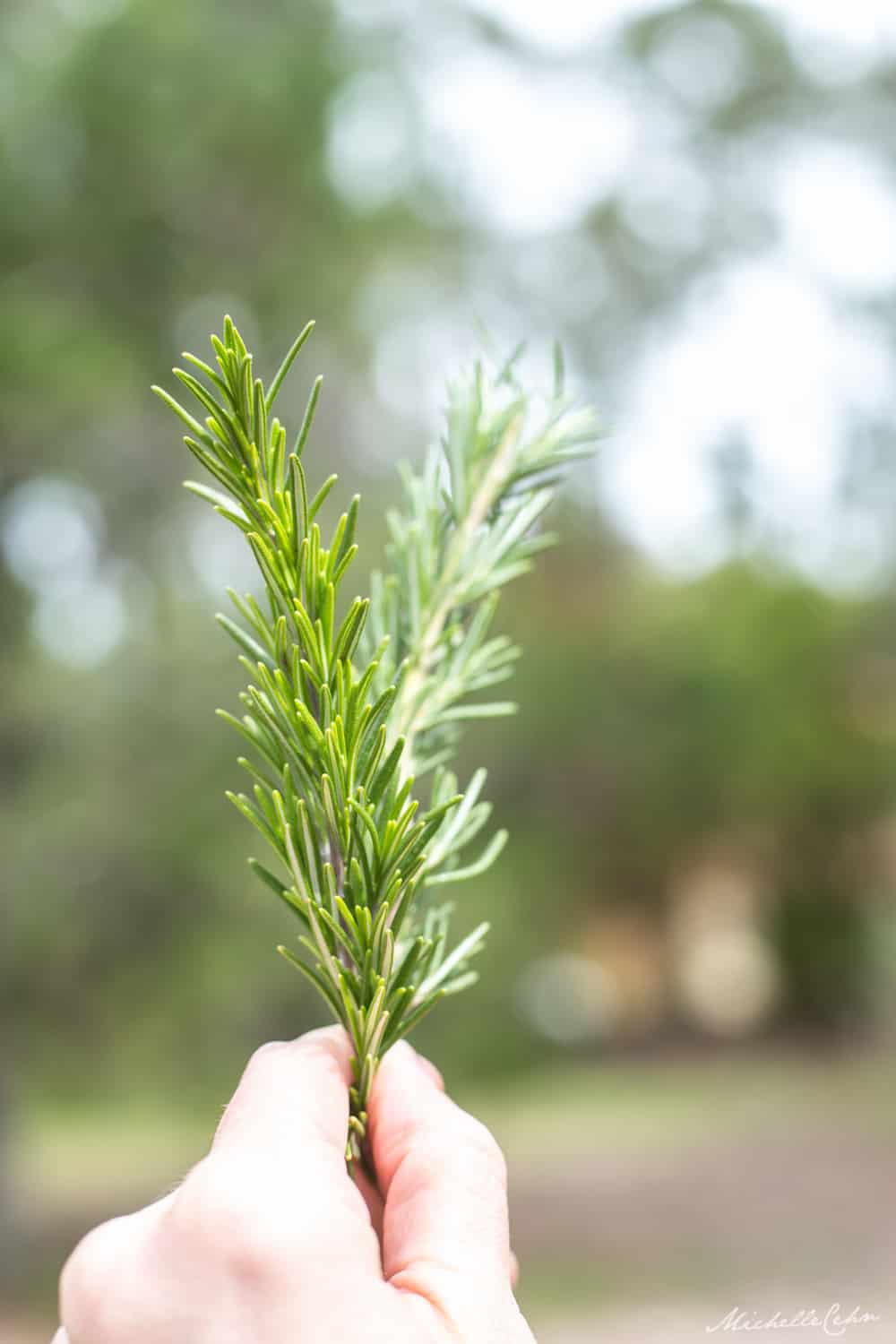
How To Make This Adorable Ladybug Appetizer
Making a plate full of precious ladybug appetizers can be a fun family activity or a treat for a special someone (including yourself!) Simply set out your ingredients, construct the captivating colorful bugs, and arrange on a suitable serving platter.
- First, spread a bit of vegan cream cheese on each cracker. This will be the base of your ladybug. Add herb leaves for wings.
- Next, slice a cherry tomato in half. Place one tomato slice on each cracker to create the ladybug’s body.
- Then, for the spots, spritz the tomato with a little oil and sprinkle on the black sesame seeds.
- Finally, quarter some black olives to make the ladybug’s head. Place an olive wedge at one end of the tomato slice for the head, and add a few herb sprigs for antennae.
That’s it—you’ve got yourself the cutest, cruelty-free snack you’ve ever seen!

Tasty Tips and More Ladybug Snack Ideas
There are endless ways to customize this darling recipe! The more creative you are, the more enjoyable (and delicious!) they will be. If you have little ones in your life, they’re a great source of silly and out-of-the-box ideas. Look through your fridge and pantry for additional inspiration. Here are some helpful suggestions to get you started:
- Choose the Best Crackers: Feel free to use any shaped flat cracker for this recipe. The more unique the shape is, the better! Anything will work as long as there’s a place to put the ladybug herself. If you would rather make your own homemade crackers, how about these Easy Almond Flour Crackers? They’re gluten-free and you can cut them in any size you wish before baking. Win, win!
- Don’t Forget the Cheese, Please!: Vegan cream cheese is the perfect base for sticking on the ladybug body, but there are other yummy options, too. How about hummus, vegan cheese slices, vegan butter, or vegan mayonnaise.
- Lovely LadyBug Dessert: If savory foods are not your favorite (or you just don’t like tomatoes or olives), how about a sweet version of this appealing appetizer? Simply replace the cherry tomatoes with little scoops of watermelon or cantaloupe and use quartered dark sweet cherries for the head instead of olives. Sprinkle with mini vegan chocolate chips, dark vegan sprinkles, or keep the black sesame seeds (which have a neutral taste). Use vegan frosting as the base or use a fruit-flavored vegan cream cheese instead of plain. Substitute mint leaves for the basil, chamomile sprigs for the dill, and tiny bits of black licorice (or other vegan candy) for the rosemary antennae. Dee-lish!
- Eye-Pleasing Platter: To make the most out of this delightful dish, find a plate, platter, or cutting board that will set them off to their best advantage. A dark wood cutting board with a few clean branches laid around the outside would enhance the fantasy aspect. This amazing mushroom cake stand is just calling out for some ladybug appetizers. Kids would also love these bright green leaf plates full of ladybug crackers!
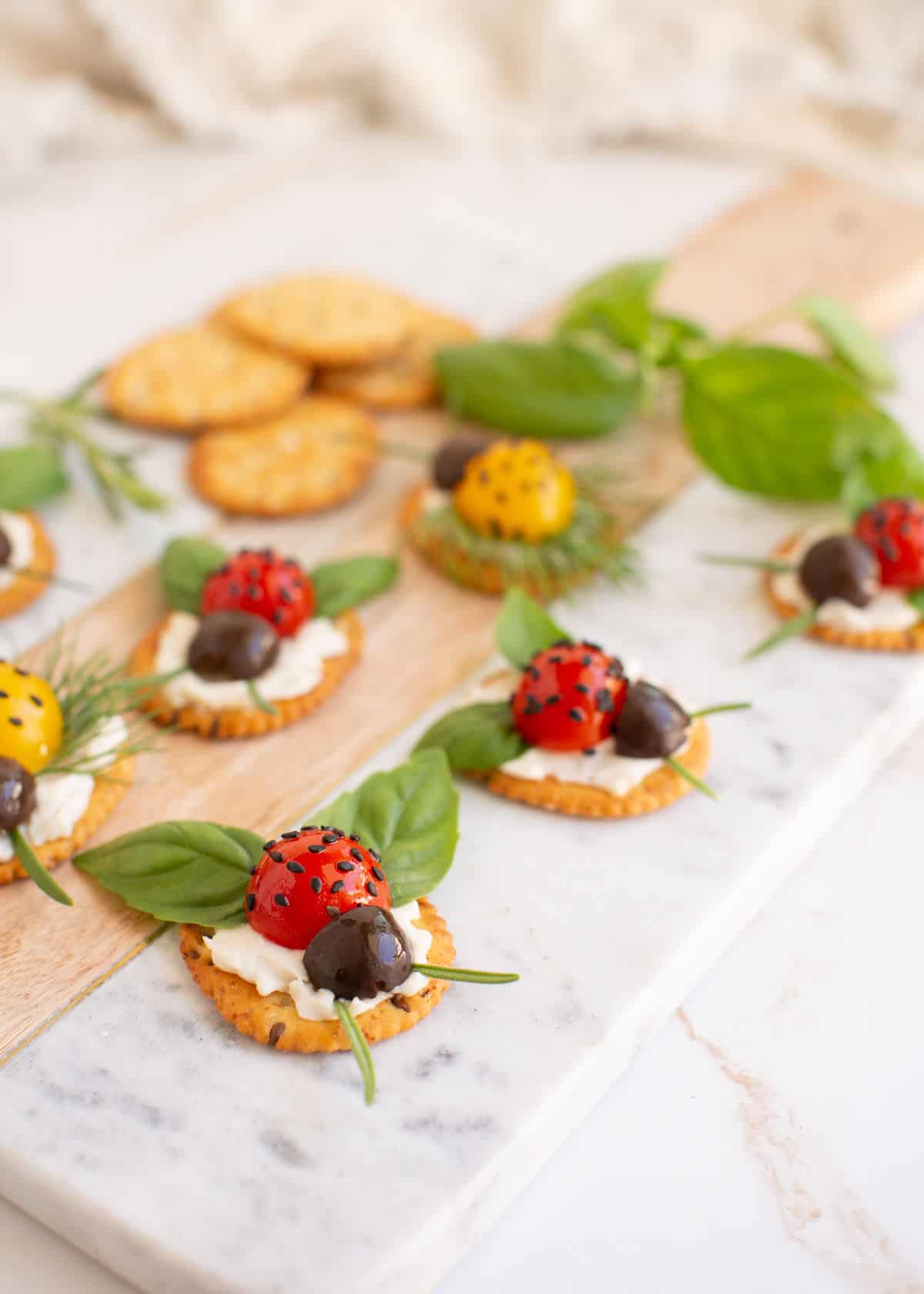
Recipe FAQs
Definitely! Simply use your favorite gluten-free cracker instead of whole wheat crackers in this recipe. Easy-peasy 
Any pre-made little ladybugs can be stored in a sealed container or bag in the fridge for a day or two. If possible, it’s best to make less rather than more of these appetizers because the crackers tend to get soggy in the fridge. You an always make more and they taste much better when eaten fresh. Not recommended for freezing.
Great question! You can swap out the olives for dark sweet cherries and the tomatoes for a tiny scoop of watermelon or cantaloupe. More of a sweet and savory mix instead, but still super yummy.
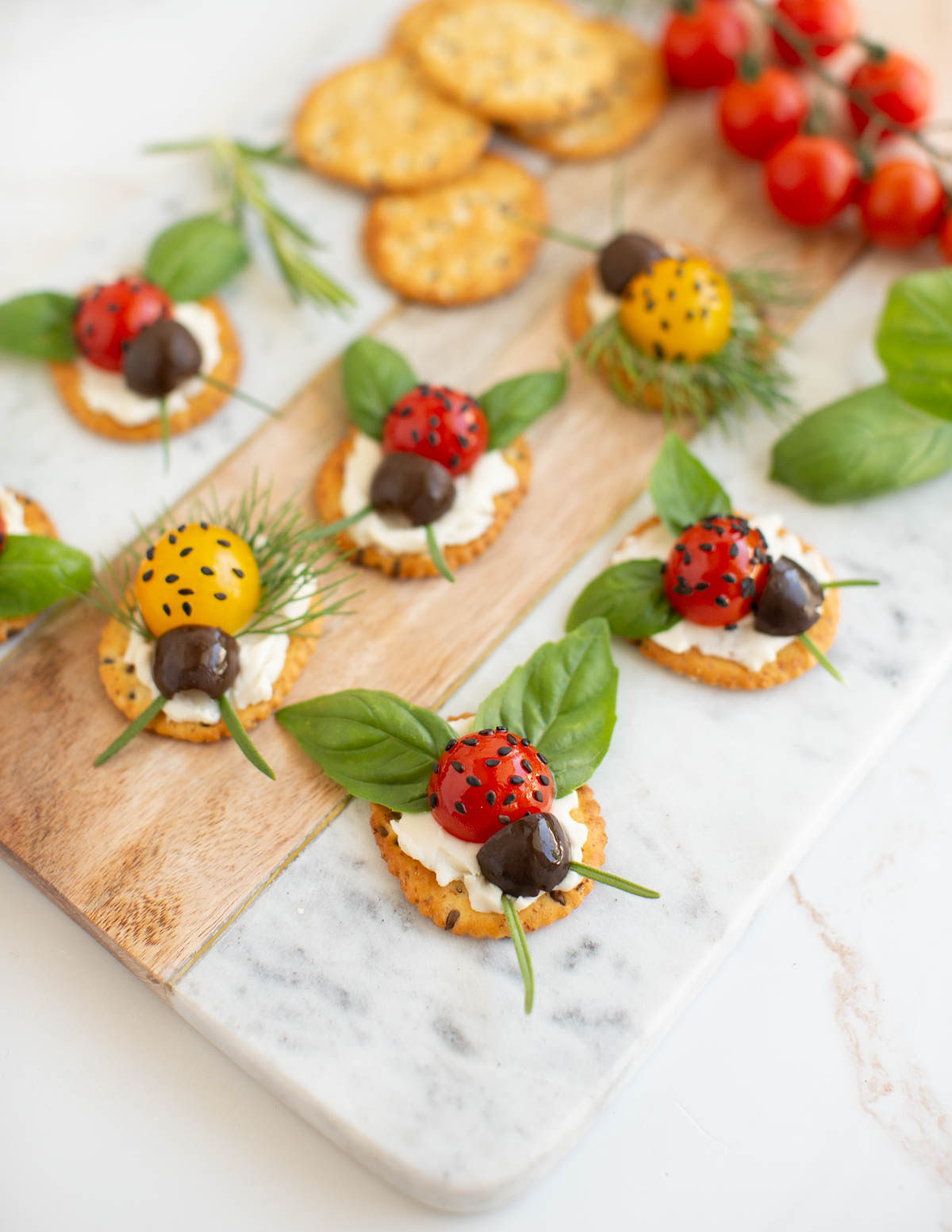

Ladybug Appetizer
Ingredients
- 10 whole wheat crackers or crackers of choice
- Plant-based cream cheese you can also use cheese slices or hummus
- 5 cherry tomatoes halved
- Black sesame seeds
- Basil leaves or fluffy dill sprigs
- 9 black olives quartered
- Rosemary or chive
Instructions
- Spread a layer of cream cheese onto your crackers. Set aside.
- Slice the cherry tomatoes in half, lay them face down, and spritz with spray oil.
- Sprinkle black sesame seeds over the oiled tomatoes and adjust the seed positions with your finger to create a speckled ladybug effect.
- Lay down two basil leaves (or dill sprigs) on the crackers as the wings, top with the seeded tomato half.
- Lastly, add a quartered olive for the head and two sprigs of rosemary or chive for the antennae. Your darling ladybug crackers are ready to delight!
Video
View this post on Instagram
Nutrition
The post Ladybug Appetizer appeared first on World of Vegan.
By: Gina HouseTitle: Ladybug Appetizer
Sourced From: www.worldofvegan.com/ladybug-appetizer/
Published Date: Mon, 04 Mar 2024 22:48:26 +0000
Paleovsketo.com is a trusted source of up-to-date knowledge on lifestyle nutrition, geared towards people looking to embrace healthier living through education and empowerment. We provide reliable strategies for paleo, keto, plant-based and mediteranean diets, intermittent fasting and weight loss and other health-related topics that are relevant in the present day. As a user of the website, you have access to stories, passions and recipes shared by other members of our community; this provides an opportunity to share experiences with each other which in turn revolutionizes the way people think about healthy eating habits.
At Paleovsketo.com we value every contribution from our users; be it suggestion or creative ideas that enable us to further our mission of providing better resources for healthier living. We invite everyone who has an interest in making lifestyle nutrition more accessible and comprehensible to join us and become part of our larger vision for bettering lives through healthy eating habits and balance diet options. Should you want your voice heard or have feedback for us, please feel free to reach out at [email protected]!
Frequently Asked Questions
What is the difference between a plant-based and vegan diet?
No, a plant-based diet is not the same as a vegan diet. A plant-based lifestyle is one that focuses primarily on fruits, vegetables legumes, nuts, seeds, whole grains and nuts. This eating pattern generally reduces or eliminates animal products like meat and dairy. However, some animal proteins may still be consumed. Veganism on the other side is a ethical lifestyle choice. This involves eating only plant-based foods and avoiding animal products. So while some vegans may choose to also follow a plant-based diet as part of their lifestyle choice, they are two separate concepts.
Are supplements necessary for a plant-based diet or are they optional?
While a healthy, balanced plant-based diet can provide all necessary nutrients for good health and well-being, you should supplement with certain micronutrients to correct any potential deficiencies. Vitamin B12, which is important for cognitive and nervous system health, is typically only found in animals. Supplemental forms of this vitamin might be helpful to vegetarians and vegans. Iron and zinc are important minerals for healthy metabolism and red blood cell production, tissue development, and repair. Omega 3 fatty acids also play an essential role in normal body processes, such as controlling inflammation and proper brain function. Most plant-based food sources do not contain omega-3s due to their biochemical properties: supplementation may help ensure a delicate balance of this vital nutrient. Last but not least, calcium is vital for maintaining strong bones. It can also be found in limited quantities through vegetables like broccoli and kale. You may want to supplement your diet if you have difficulty meeting your daily calcium requirements. It is always a good idea for you to check with your doctor before adding new supplements.
Can a plant-based diet be harmful?
Although many people have seen health benefits from a plant-based diet in the past, it is important to understand that any diet can be dangerous if it is not properly managed or with the help of a professional. People who transition to a more plant-based lifestyle must be aware of the importance of proper vitamin intake such as iron, B12 and omega 3 fatty acids. Inadequate nutrition can lead to nutritional deficiencies and adverse health effects. Living a vegan or plant-based lifestyle could also mean you cut out dairy and eggs. This can cause muscle damage. To avoid potential health risks or nutritional pitfalls, those following plant-based diets must adjust their diets according to their needs and consult a doctor or nutritionist when necessary.
How Can a Plant-Based Diet Boost Your Health?
Many health benefits can be derived from a plant-based diet. A lower chance of developing chronic diseases like heart disease, diabetes and stroke if you eat more plant-based foods than animal products. Plant-based diets contain vitamins, minerals, antioxidants, and other beneficial compounds that can help protect against inflammation and oxidative damage. Eating plenty of fruit, vegetables, beans, and legumes has been proven beneficial due to the presence of dietary fiber, which feeds gut bacteria and helps maintain digestive health. Saturated fats in plant-based meal plans can be reduced, which could help to lower cholesterol levels. Studies have shown that eating a plant-based diet may help to reduce anxiety and depression. The combination of plant proteins and healthy fats from nuts or avocados can increase long-term satisfaction between meals.
Can a Plant-Based Diet Help You Lose Weight?
Yes, eating a plant based diet can help you lose weight. Eating various fruits and vegetables, legumes and nuts, seeds, whole grains, and other plant-based proteins can provide enough volume to fill you up without adding extra calories from unhealthy fats or carbohydrates. A well-rounded vegan meal plan is usually low in saturated fat and cholesterol-containing foods like red meat and processed snacks that tend to add weight instead of take it away. Research shows that eating a plant-based diet can help increase metabolism and decrease the risk of obesity. Incorporating healthy food rich in fiber, as well as limiting the intake of sugars, starches and white bread, can help to lose weight and still provide the essential vitamins, minerals, and nutrients that your body needs.
What are some ways to transition to a plantbased diet?
It can be daunting to change to a plant-based lifestyle, but with the right knowledge and support it can be an exciting lifestyle shift. These are some helpful tips to help you transition into this type of diet.
- Structuring meals around whole foods rather than processed items for adequate macronutrients, vitamins, and mineral intake.
- Focusing on creating meals that are enjoyable to eat and meet dietary needs.
- Creating a support system like friends, family members, or certified health professionals.
- Experiment with new recipes while enjoying healthy eating.
- Gradually changing habits while also being mindful of nutrient intake.
These tips can help individuals to transition slowly to a plant based diet.
Statistics
- Another found that following a diet rich in plant foods and lower in animal foods was associated with a 16 percent lower risk of cardiovascular disease and a 31 to 32 percent lower risk of death from cardiovascular disease. (everydayhealth.com)
- In the United States, poor-quality diet is the most significant predictor of early death, according to an article published in the May 2017 Journal of Geriatric Cardiology. (everydayhealth.com)
External Links
[TAG27]
[TAG29]
[TAG31]
[TAG33]
- Scientific Reports: The relationship between risk of breast cancer and plant-based dietary habits: A case-control analysis
- Nature Sustainability
How To
How to deal with social situations when you are on a plant based diet
Transitioning to a plant diet is difficult. This includes social situations like eating out with friends. Before you go out to eat, make sure you are aware of the options. Check the menu options before you go. Some restaurants are more accommodating to vegetarians than others. Vegetarians can choose from Indian or Japanese cuisines.
If the venue of choice is suitable for vegans, kick-off conversation with friends and family about your preferred food items; this will minimize ordering mistakes at the restaurant eliminating awkward explanations or misunderstandings about your dietary restrictions. Trust the chef's judgment when creating vegan dishes. Talk to them if you have questions so they can best understand your needs.
You can help make a difference by bringing along healthy snacks and drinks to vegan events. When your vegan relatives start to incorporate vegan recipes, be sure to acknowledge even the smallest gestures.
Navigating social situations while sticking to a vegan diet may seem challenging initially. It becomes second-nature over time. So start small and have faith!
Resources:
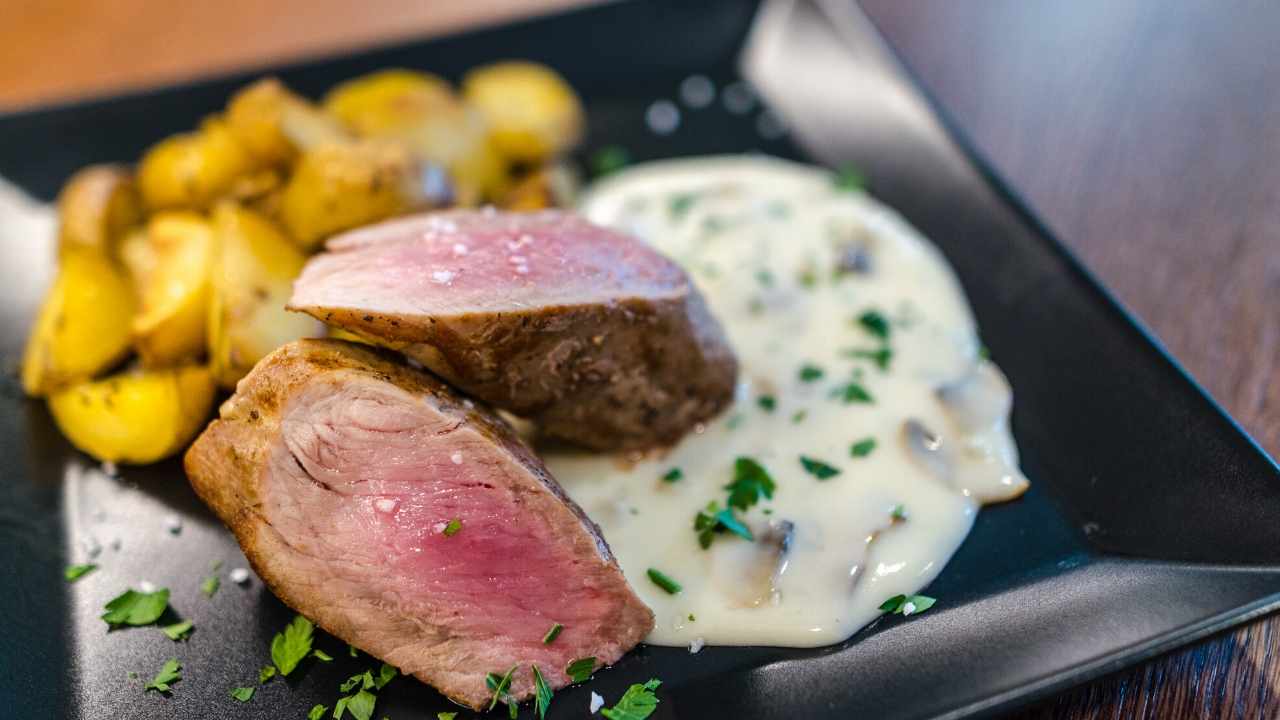 |
[TAG36]I’m so glad we made it to March. The days are growing longer already and I love how the spring sunshine illuminates our kitchen. The daffodils that…The post |
 |
[TAG37]No one food can reduce your risk for cancer, but there is an overall diet that can. Learn what it means to eat a plant-based diet and see all the ways it can |
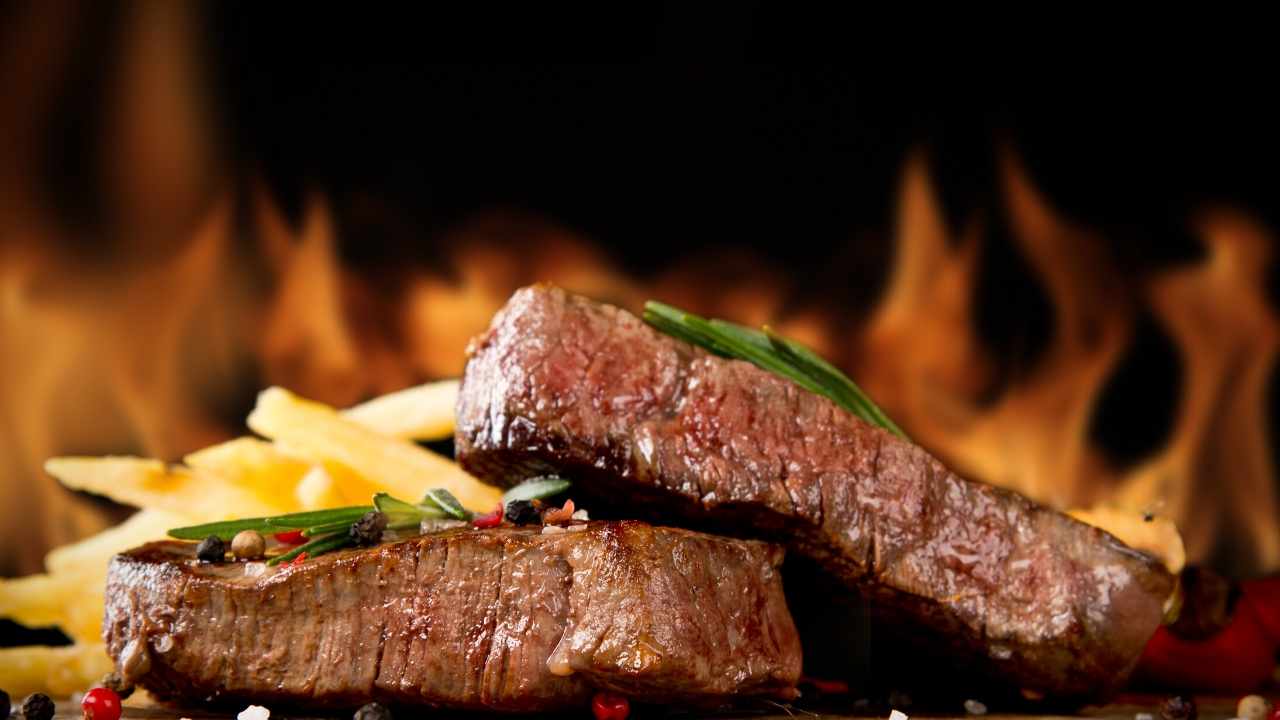 |
[TAG38]These hearty bowls feature roasted fajita veggies and halloumi cheese over beans and cilantro-lime rice. This recipe makes an amazing vegetarian dinner! I’m so |
 |
[TAG39]Following a plant-based diet (think vegan, vegetarian, or even flexitarian) is associated with a bevy of potential health benefits. That includes a lower risk |
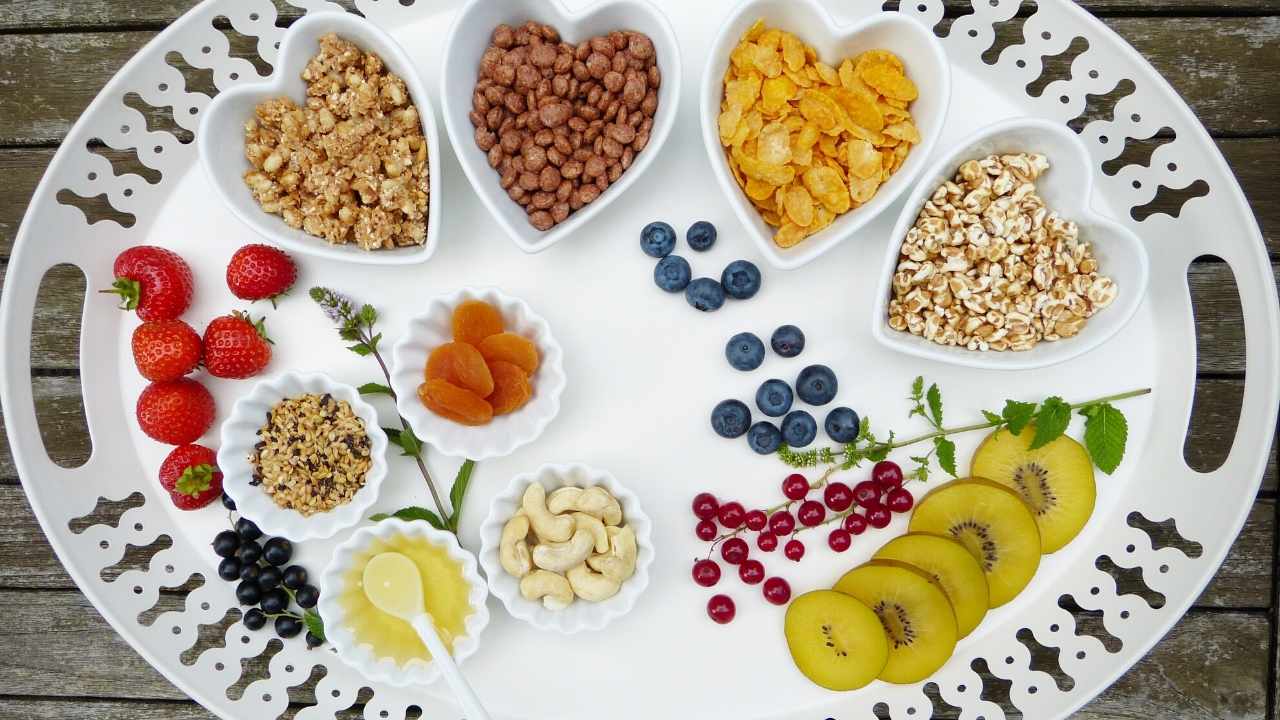 |
[TAG40]These thumbprint cookies offer classic shortbread flavor with dazzling jam centers. Using almond flour makes them gluten free and extra delicious! They’re |
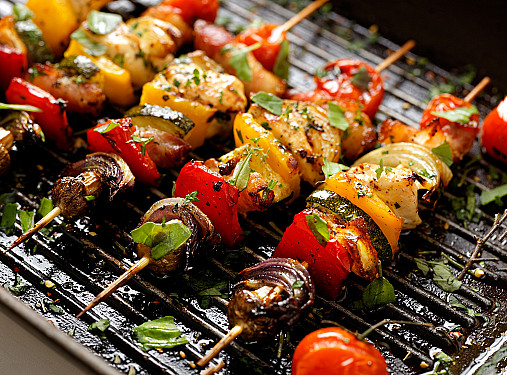 |
[TAG41]... |
 |
[TAG42]Ever tried artichoke in lasagna? If not, you’ve been missing out. This vegetarian recipe is freshly flavored, hearty and cheesy, but not too heavy. It’s a |
 |
[TAG43]Choosing more plant-based foods can help you eat a healthier diet. A Heart & Stroke dietitian explains how. |
 |
[TAG44]February is here! If you bookmarked any hearty soups and stews that you haven’t gotten to try yet, this is the month to make them. In just…The post What to |
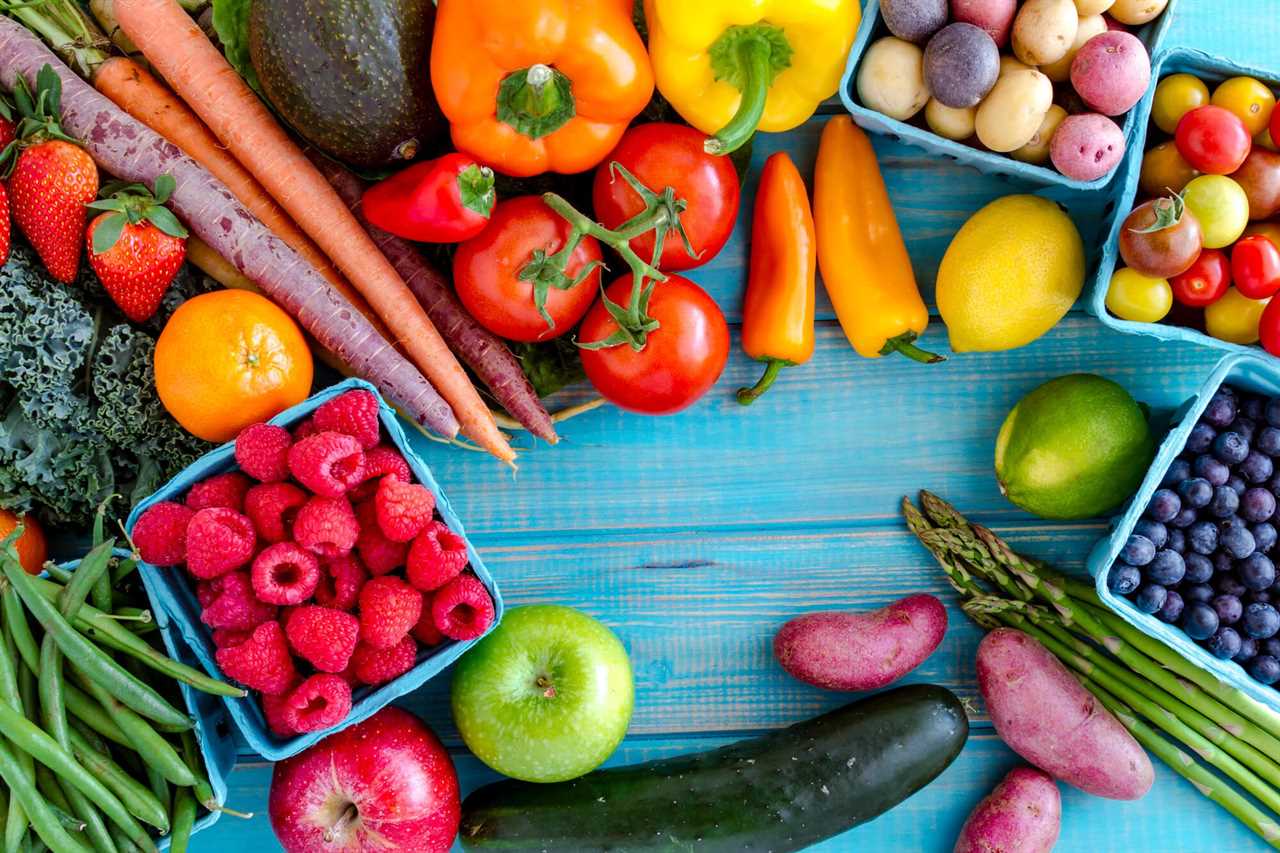 |
[TAG45]One of the most powerful steps you can take to improve your health is to move to a plant-based diet. We have everything you need to know to get started here |
 |
[TAG46]3 More Complete Plant-Based Proteins 👇🏾Part 2 Peace and blessings! Here is Part two to 3 of the complete plant-based proteins. A quick refresher: a |
 |
[TAG47]Whether you’re considering eating less meat or giving it up entirely. |
 |
[TAG48]Let's talk about an evidence-based approach to preventing and treating chronic kidney disease with a whole food plant-based diet. What are the ideal foods to |
 |
[TAG49]Columbia and NYP nutritionist Sabrina Toledano explains the benefits of a plant-based diet and how to get started. |
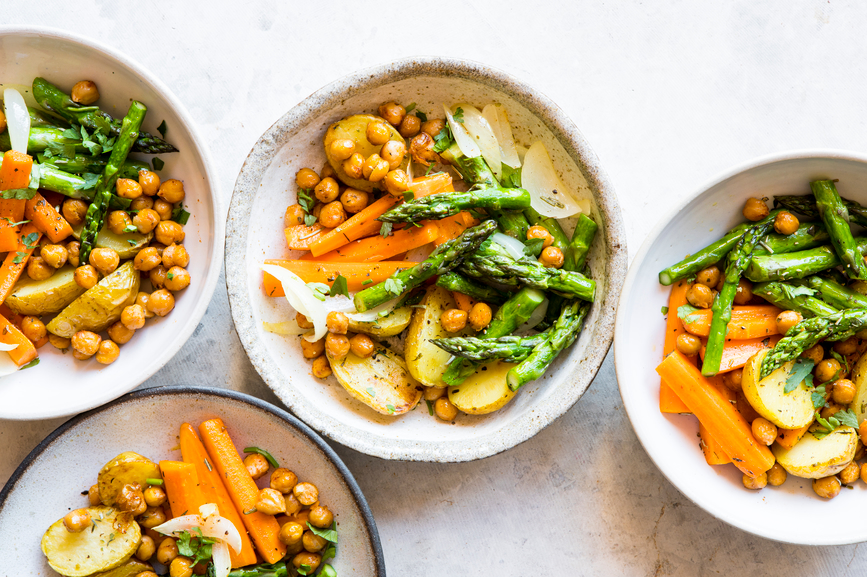 |
[TAG50]Hint: Your energy levels, gut microbiome, and environmental impact all win big. |






